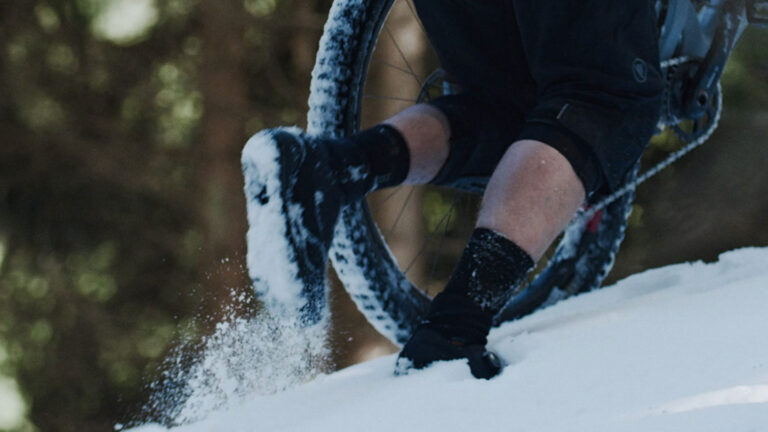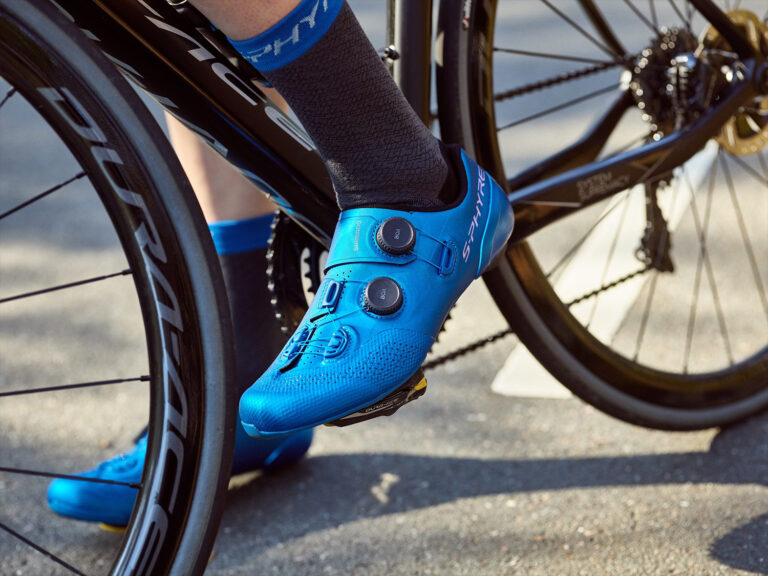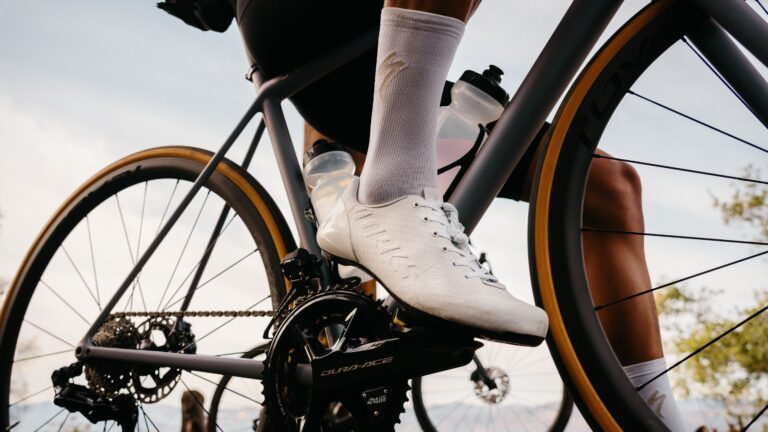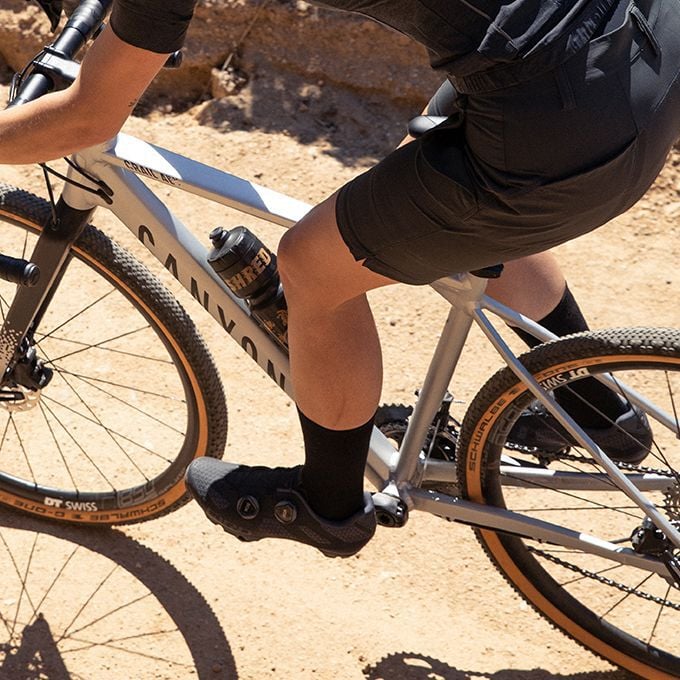Pedaling Comfort: Orthopedic Support in Gravel Bike Shoes
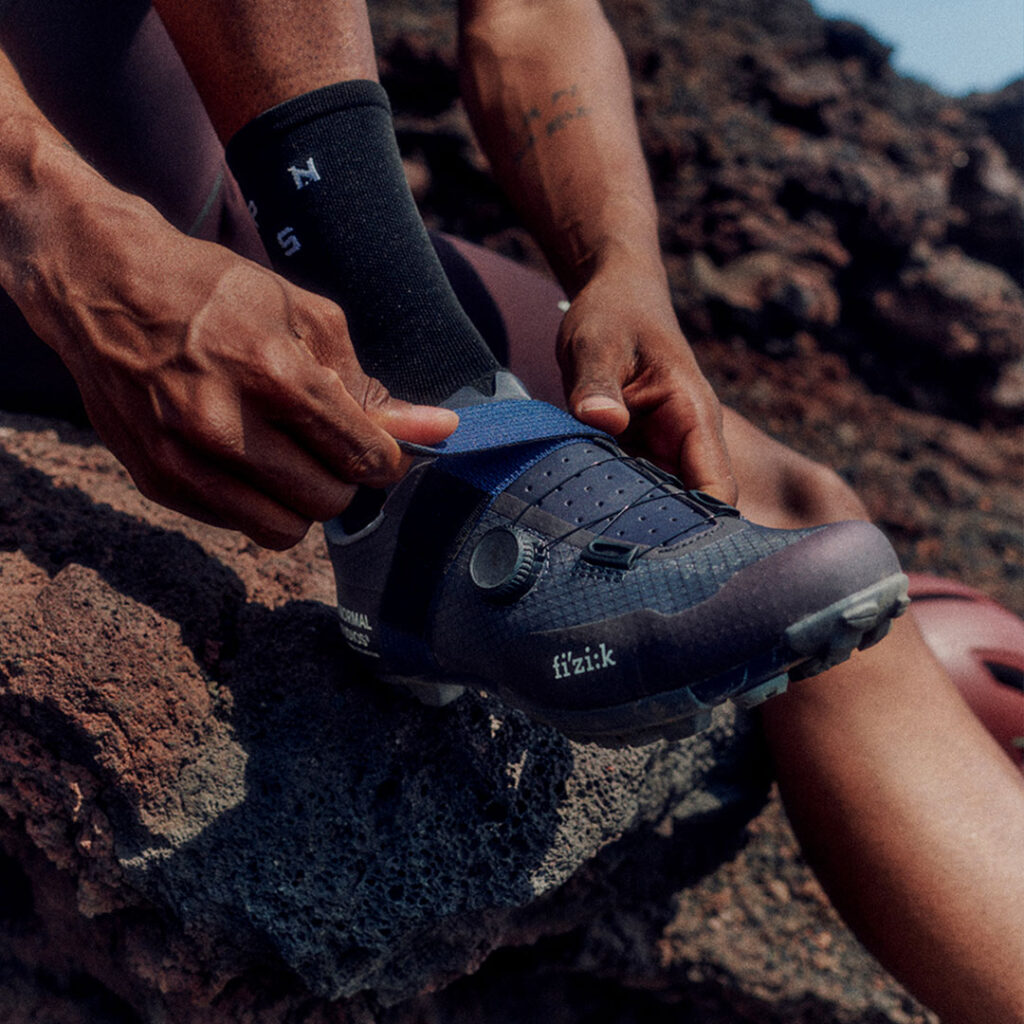
Key Point Summary of Orthopedic Support in Gravel Bike Shoes:
- Orthopedic Support Importance: Proper support in gravel bike shoes enhances comfort and performance while reducing the risk of injuries.
- Arch Support: Customizable arch support in cycling shoes can accommodate different foot shapes and needs, ensuring efficient power transfer and reduced foot fatigue.
- Comfort and Fit: The right support improves overall shoe fit, enhancing comfort during long rides on varied terrain.
- Selection Tips: Consider shoes with adjustable support features and consult with specialists when necessary to address specific needs.
Gravel biking, with its unique challenges and unpredictable terrain, demands a lot from its riders, including their feet. From my experience, the right pair of shoes can make a substantial difference in how you feel during and after a ride. Orthopedic support in gravel shoes isn’t just about comfort; it’s about aligning your body from the ground up to prevent injuries and maximize efficiency.
The Crucial Role of Arch Support
I remember my first gravel race vividly. Halfway through, my feet started aching, a distraction that cost me both focus and energy. It was a lesson learned the hard way: the significance of arch support cannot be overstated. Unlike standard cycling shoes, those designed with proper arch support help distribute pressure evenly across your foot, mitigating fatigue and discomfort. This is particularly important on gravel, where the constant vibration and impacts are directly absorbed by your feet.
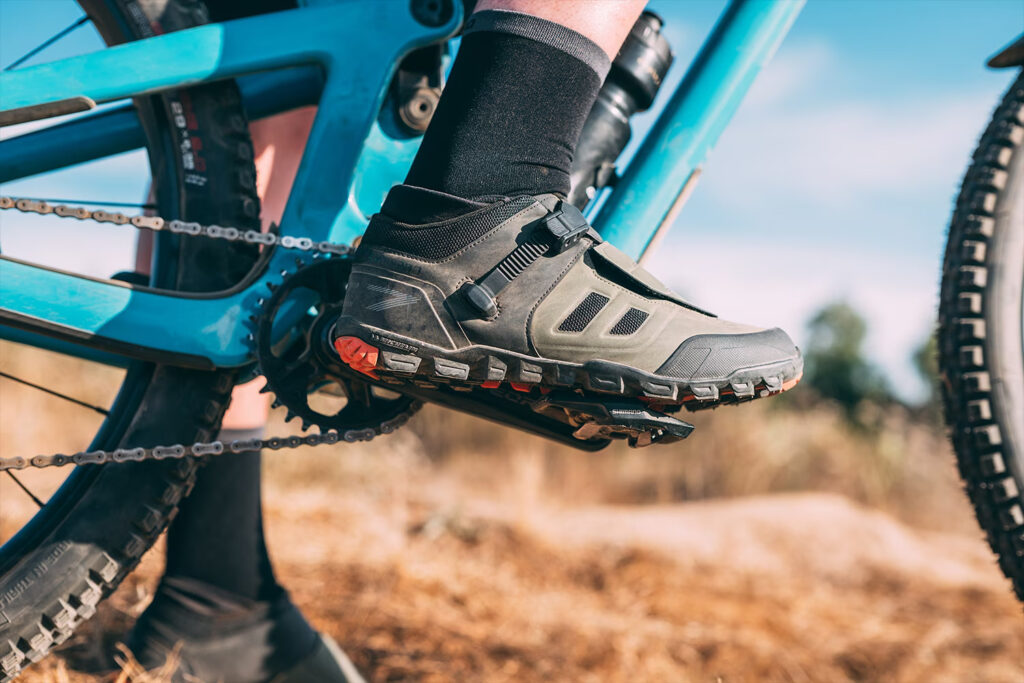
Comfort Beyond Measure
Another aspect that’s equally important is the overall comfort and fit of the shoe. I’ve had my share of blisters and hotspots from shoes that didn’t quite fit right, and trust me, it’s something you want to avoid. Shoes with good support conform better to the shape of your foot, reducing movement inside the shoe and thereby decreasing the risk of blisters. This snug fit also means better power transfer with each pedal stroke, a must-have for any cyclist looking to improve their performance.
Navigating the Selection Process
Choosing the right shoes can seem daunting at first. I spent a considerable amount of time researching and trying different pairs before finding my perfect match. My advice? Look for shoes that offer adjustable arch support so you can tailor the fit to your specific needs. And don’t shy away from seeking advice from a foot specialist, especially if you have pre-existing conditions or unique needs.
Final Thoughts
The journey to finding the perfect shoes with the right orthopedic support is personal and can vary significantly from one cyclist to another. What works for me might not work for you, but understanding the foundational role of cycling shoes is the first step towards enhancing your riding experience.
In conclusion, never underestimate the power of properly fitting, especially when tackling the unpredictable and challenging terrain of gravel biking. It’s not just about the ride; it’s about enjoying every pedal stroke comfortably and injury-free. So, take it from someone who’s been through trial and error: investing in the right shoes is investing in your cycling future.
Finding the Perfect Fit
There are several gravel bike shoes designed to enhance comfort, fit, and performance for cyclists. Brands often focus on providing better arch support, customizable insoles, and a fit that accommodates various foot shapes to mitigate common issues like foot fatigue and discomfort during long rides. Here are a few examples:
Specialized S-Works Recon: Known for their Body Geometry sole and footbed, which are ergonomically designed and scientifically tested to boost power, increase efficiency, and reduce the risk of injury by optimizing hip, knee, and foot alignment.

Shimano RX8: These shoes are lightweight and designed with a focus on performance for gravel riding. They feature a stiff sole for efficient power transfer and some models come with customizable arch support to accommodate different foot shapes.

Fizik Terra X5: Features a foot-hugging fit with support where needed, aimed at providing a balance between performance and comfort on gravel rides.

Giro Empire VR90: These shoes stand out for their comfort and customization. They come with a set of adjustable arch support insoles, allowing riders to find the perfect fit for their foot shape, enhancing comfort and reducing fatigue on long rides.

It’s important to consider your specific needs, such as the shape of your foot, any existing conditions, and the type of riding you do. Trying on different models and consulting with a specialist can also help ensure you find the best fit for your feet.
Happy riding!
John
FAQ
Should I put my orthotics in my cycling shoes?
Yes, if you have custom orthotics designed for your foot shape and biomechanical needs, inserting them into your cycling shoes can enhance comfort, support, and performance.
Do I need arch support in cycling shoes?
Arch support in cycling shoes is crucial for maintaining proper foot alignment, reducing fatigue, and preventing injuries. If you have high arches, or flat feet, or experience foot discomfort, arch support can make a significant difference.
Can you walk in gravel bike shoes?
Yes, you can walk in gravel bike shoes. They are designed with a more flexible sole and recessed cleats, making them more comfortable for walking compared to road cycling shoes.
What is the difference between mountain bike shoes and gravel shoes?
The difference between mountain bike shoes and gravel shoes lies primarily in their design and intended use. Mountain bike shoes are built for rugged terrain, offering more protection, durability, and a more aggressive tread pattern for grip.
Gravel shoes blend the lightweight and efficient pedaling features of road shoes with the walkability and off-bike comfort of mountain bike shoes, suitable for mixed terrains encountered in gravel riding.

